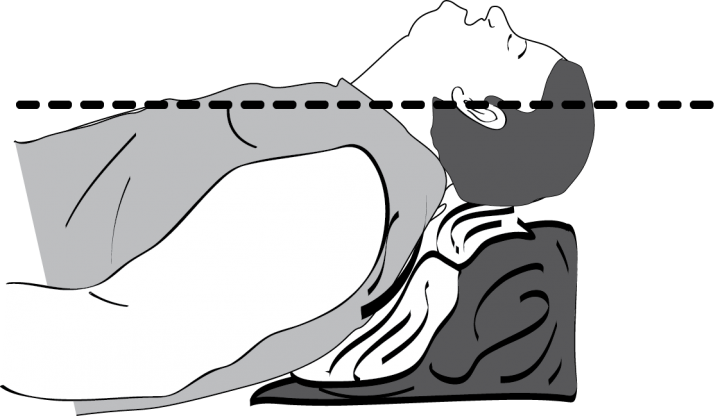
Head-Up Intubation: Head-Elevated patient decreases complications
Head-Up Intubation: Head-Elevated patient positioning decreases complications of emergent tracheal intubation.
In anaesthetics, we are trained to pre-oxygenate and intubate our theatre patients in a flat supine position. Then, when we graduate to intubating the really gnarly ICU/ED patients in severe heart or respiratory failure, we wise up. A paper in Anaesthesia & Analgesia demonstrates how patients who are intubated in a semi-sitting position, with head-up intubation, are less likely to suffer complications when intubated.
Head-up intubation: background
Laying a truly marginal COPD/pulmonary oedema patient flat before the RSI is rarely a good idea. Instead, as long as their blood pressure is reasonably stable, we pre-oxygenate them in a semi-sitting position with the neck somewhat extended. We carefully titrate the meds and intubate them while standing on a stool. This is the Back Up Head Elevated (BUHE) position.
While we understand the physiological merits of non-supine airway management (Sitting reduces venous return and preload, shifts volume out of the thorax, functional residual capacity and lung volumes increase etc), we rarely consider the benefits specific to airway management.


